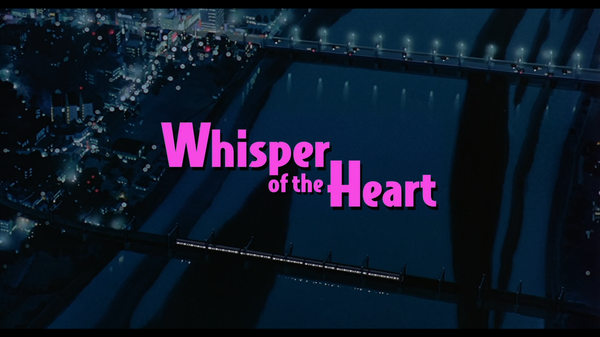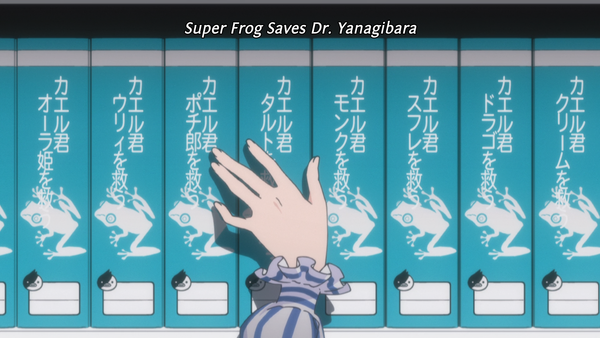Media Round-Up: August 2025
A sampler of media that compelled me this past month.

During this first month of Terra Home’s existence as an internet blog, I came to the realization that oftentimes there are things I want to write about, but wouldn’t take up the space of a full post. I consume a lot of media (particularly this summer as I have been unemployed and taking a break from work in preparation for my first year of grad school) and there’s a lot of stuff that excites me, but not necessarily enough to write a thousand or more words about it. So I decided to start doing these end of month media round-ups where I can write about a handful of things I’ve read, watched, listened to, or played that I want to shout out. Think of it as a sampler of the art that compelled me in each given month. I imagine going forward there will be fewer and fewer pieces of media to include in these round ups as I am bogged down by schoolwork and maybe a part-time job. I might even skip months on occasion. But for now, this should be a fun little side project (and a good excuse to utilize that media journal I write notes in).
Something I Played/Read:
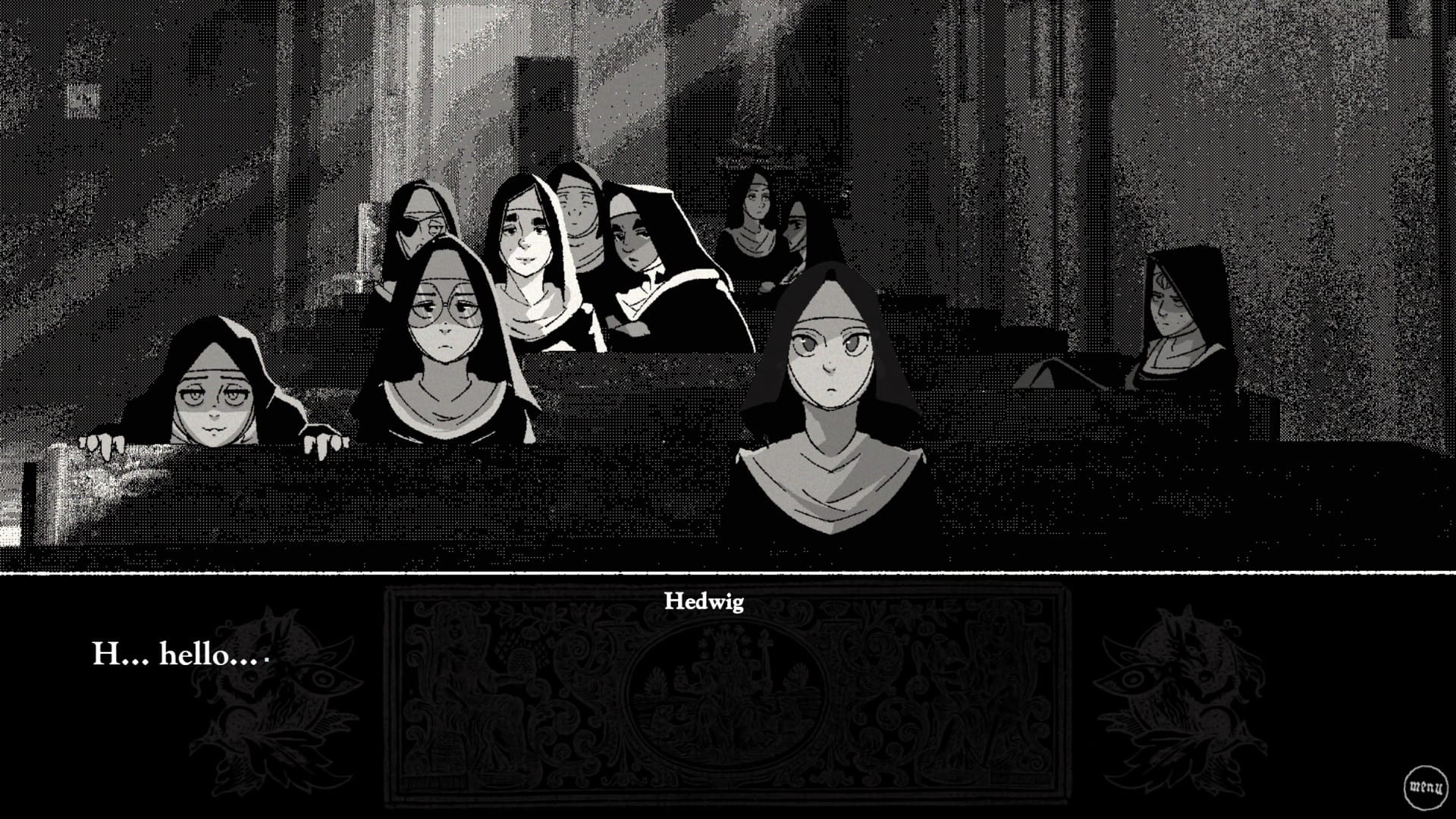
Misericorde: Volume One [Developed by XeeCee]
- Why Did I Play/Read This?
The reason I’m saying “play/read” is because Misericorde is a visual novel. In fact, there are basically no interactive elements in Misericorde: Volume One. You simply read the dialogue and progress the story as art appears on screen and trip-hop medieval tunes play in your ears. It’s what people in visual novel circles call a “kinetic novel”: a visual novel with no simulation or choice elements that simply seeks to tell a linear story from beginning to end.
I ended up playing Misericorde for a combination of reasons. The first is that I have been getting more curious about visual novels recently. As someone who has played visual novel adjacent games like Ace Attorney and Danganronpa in the past, and predominantly plays narrative based games in general, I’ve been wanting to try out the genre for a while now. However, I’ve admittedly not had a ton of success so far. Somewhat ironically, I’ve been on and off reading Umineko: When They Cry, an inspiration for the developer XeeCee for Misericorde, over the past few years to minimal success. I think I often struggle with the tropey nature of certain visual novels as well as their sometimes overly verbose and intimidating word counts. Still, Misericorde compelled me due to its nature as a XeeCee project, who I have followed over the past two years via their Harry Potter reread podcast The Shrieking Shack (which is critical of the franchise and its author that I highly recommend). Plus, after playing Pentiment and seeing the 1971 film The Devils, I have discovered despite my general disinterest in medieval fantasy, I do love a drama set during the medieval era with nuns and clergymen.
- What Compels Me About It?
Nuns with messy gay energies mostly, but there are a lot of things that are great about Misericorde besides that!
I actually finished this game back at the end of July, but I liked it so much that I’m considering it a technicality and including it in this post. There’s much to praise about Misericorde’s aesthetics and writing, to the point where it’s hard to know where to start. I guess I’ll begin with the protagonist Hedwig. The writing of her first person narration is excellent–filled with voice and sense of foreboding doom. This first volume has this framing device where Hedwig is telling a story of her past from her hagioscope, the place where regular nuns, clergyman, and churchgoers can go to converse with a convent’s anchorite. A lot of that prior sentence probably didn’t make sense to you if you aren’t familiar with the strange customs and roles of a 1400’s Catholic convent, but luckily this framing device allows XeeCee to establish this setting and its customs with relative ease before diving into the story’s central murder mystery, which forces Hedwig out of her captivity to investigate the death of the convent’s chronicler Catherine.
Due to Hedwig’s nature as an anchoress forced out of her life’s vows, her voice is cynical and also a little bit zealous. Her lack of experience in the real world means there’s a lot for her to learn from the other members of the abbey, while simultaneously her knowledge of scripture gives insight into the various characters' spiritual flaws and failures. In general, she’s an incredibly compelling protagonist through which to view this sordid tale of intrigue–simulteonously shifting between intense religious conviction and anxious delusion and terror.
The whole cast though is great! At first, I was worried that they would all come across as the same type of snarky, but Misericorde does an excellent job at giving each member of its large cast a moment to communicate one-on-one with Hedwig in order to give the reader/player a better understanding of their individual quirks and personality. From the drowsy but perceptive Darcy to the doting and chipper Moira, each of the nuns have traits that are both likable as well as those that draw their motives into question.
Plus, aesthetically the game is exceptionally focused and sharp. XeeCee’s character designs are stylized and cartoony without being unrealistic for the time period. They are quite flexible–both being able to embody more comedic moments while shifting to more realistic proportions for more dramatic or spooky sequences. Meanwhile, the black and white color palette and dithered stock photo backgrounds manage to carry this worn and rustic feeling that’s perfect for the British medieval setting.
The only real complaint I have about this first volume is that it is a bit of slow burn that ends right as it kicks into its highest gear. After a solid 3-4 hours of setting and character establishing scenes, the tension slowly escalates through the remainder of the volume until the final few hours really bring everything to a feverpitch. It ends on a cliffhanger so rough that I’m surprised I’ve managed to hold back from purchasing the currently available second volume. In fact, the only reason I haven’t is because I’m hoping for a gift card for my birthday–otherwise there’s no way I wouldn’t have jumped into the next installment! I’m looking forward to when I get the chance to read it.
- Where can I find this if I’m interested in it?
Misericorde: Volume One is available on Steam and Itch.io if you are interested in purchasing a copy for yourself. I personally purchased it on Steam to play it more easily on my SteamDeck, but Itch does give a bigger pay cut to developers. Itch is going through a bit of rough patch right now due to them delisting NSFW content due to pressure from payment processors, but Steam did the exact same thing, so it's a bit of a lose-lose situation.
Something I Watched:
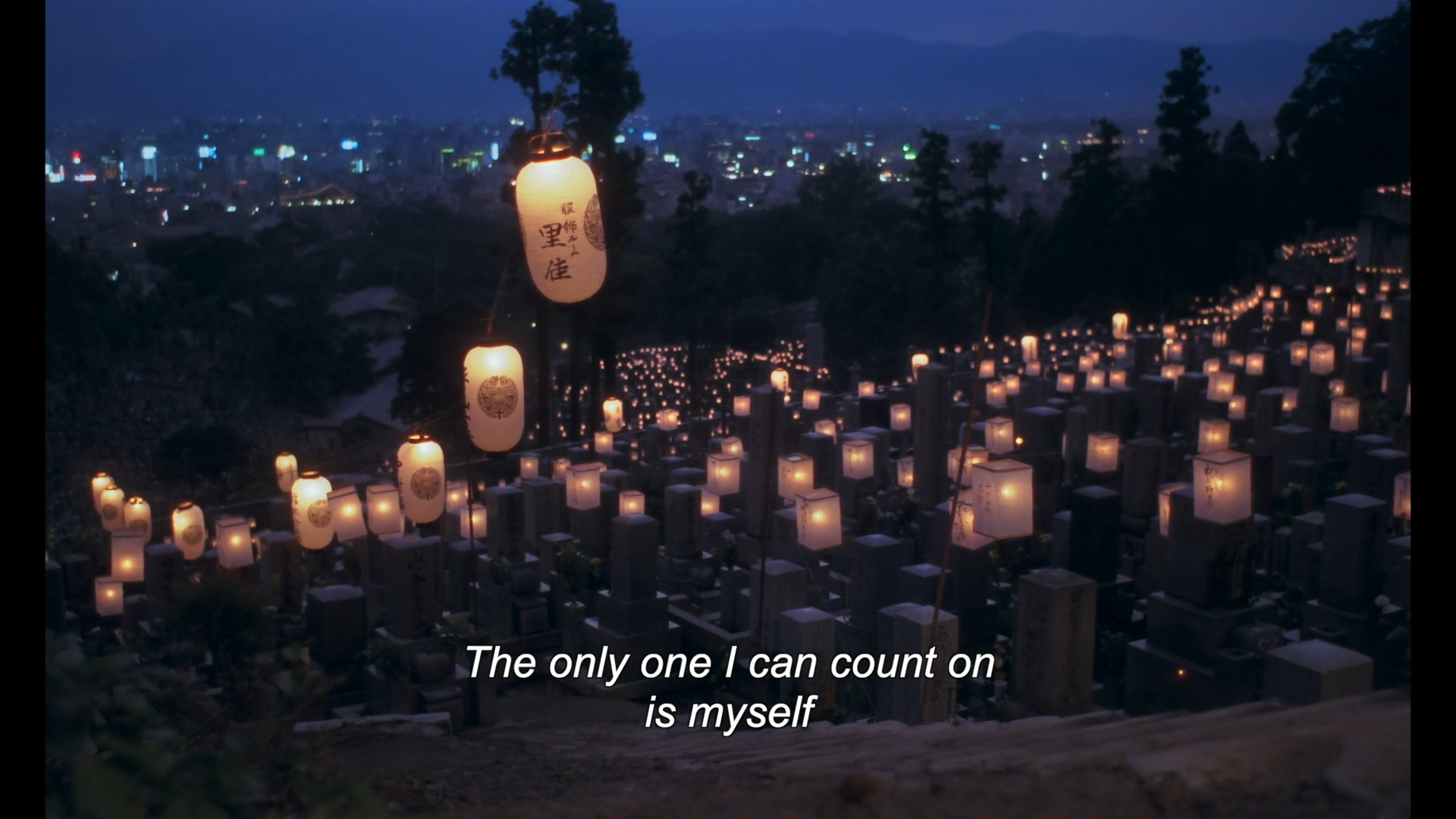
Moving (1993) [Directed by Shinji Somai]
- Why Did I Watch This?
I learned about Moving’s director, Shinji Somai, from this newsletter on AniWire. The newsletter, written by Adam Wescott, discusses Somai’s 1985 film Typhoon Club. I had never heard of his work before, but was intrigued upon learning that Ryusuke Hamaguchi, the director of the 2021 Oscar-winning film Drive My Car, considers Somai to be an inspiration for his work. It turns out Somai has a somewhat storied legacy in Japan, but is relatively unknown in the West due to the inaccessibility of his films in English. Recently this has changed thanks to smaller physical media imprints like The Cinema Guild licensing and restoring several of his works.
I’ve been meaning to watch Typhoon Club for a while because of Wescott’s writing about it, but kept putting it off since, as far I was aware of at the time, it wasn’t available legally. In the process of being indecisive, I was surprised when Criterion announced Shinji Somai’s 1993 film Moving would be making its way onto their streaming service during August. While it wasn’t the film I was initially seeking, I was still curious enough about Somai to check it out while it was available.
- What Compels Me About It?
Moving is one of those works of Japanese cinema that is delightful in its subtle, but considered filmmaking. Chronicling the story of Ren, an elementary school girl struggling through her parents’ recent separation, there’s nothing on paper that stands out about the premise or components of this film. The exceptional qualities of Moving instead come from the way Somai directs the camera and the actors’ performances. The way the camera is directed in Moving is something that consistently impressed me across its nearly two run-time. It’s constantly in motion, but not in a way that draws attention to itself. The key word here is immersion: the camera moving is a way to keep the viewer in the scene rather than a way to show off Somai’s technical skill. When it tracks characters through environments, it’s so we can stick to a character’s perspective or be forced to sit with them in an uncomfortable moment.
This is particularly effective since the film is primarily based in the perspective of Ren, who’s naive and childish worldview is alternatively shaping our perception and being undermined by Somai’s gentle pushes. The adults in this film are messy–Ren’s mother, Nazuna, is strict and maybe too eager to establish a new sense of order with her daughter as a newly solo parent and her father, Kenichi, is a little too lackadaisical and easily influenced by Ren’s desires to reform their crumbling family. Still, Somai is careful to never depict them as entirely unreasonable or cruel. They are trying their best to make it through a tough situation, just like Ren. Ren’s pain is validated and understood–why was she brought into this world if her parents can’t even make their relationship work in order to both take care of her? At the same time though, she comes to understand that this separation only comes after years of the couple trying to make things work for her sake. By accepting this and taking some responsibility for her own emotional wellbeing, she is able to become more independent and grow as a person.
The film climaxes in this gorgeous, dreamy sequence of Ren running away after a disastrous attempt at getting her parents back together at a hotel by the scenic Lake Biwa. There are these elements of change throughout this sequence that build toward Ren’s moment of culmination: the hostel having been renovated into a hotel, the festival filled with fireworks and burning haystacks. In an act of rebirth, Ren must let go of the past and accept the present as she wanders through the forested mountains surrounding the grey lake. It’s filled with gorgeous landscapes and acts as an encapsulation of the gentle, childlike imagination and melancholy that makes Moving so effective.
- Where can I find this if I’m interested in it?
At time of writing, it's still streaming on the Criterion Channel. Since it was restored and is being distributed to theaters by The Cinema Guild, I imagine it will receive a blu-ray and 4K physical release sometime within the next year as well.
Something I Read:
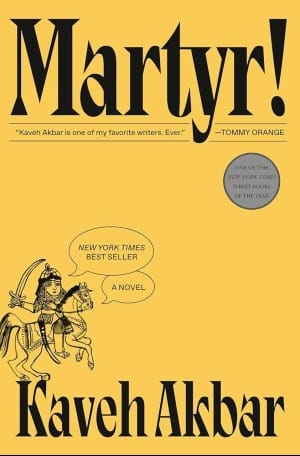
Martyr! (2024) [Written by Kaveh Akhbar]
- Why Did I Read This?
I initially heard about this novel via the writer/Youtuber ShaelinWrites who highly recommended the book in their Recent Reads series. As someone who was an English undergrad, the past four years since graduating have been a tedious process of trying to determine what my personal taste in literature actually is. After four years of reading classics in an academic context, I’ve had to rediscover what I enjoy reading for pleasure. I often turn to Shaelin’s videos for insights into the modern world of contemporary literature, though I’d say I take note of their recommendations more than I actually read them.
Martyr! intrigued me for a couple reasons in particular: the intense premise of the main character, Cyrus being the son of an Iranian woman killed in a United States misfire on a civilian plane, Cyrus being a bisexual man grappling with sobriety, hearing the tone of the novel was at once poetic and surreal… You have to admit it’s an intriguing description. Plus, Kaveh Akbar’s background as a poet likely would give the novel some beautiful prose, if nothing else. What really pushed me over the edge from mild curiosity to full commitment though was learning my friend/roommate had purchased a copy.
- What Compels Me About It?
Martyr! is one of the most hyped up literary fiction books of the past few years, but I’d say that descriptions of it and its strengths are all pretty accurate. Akbar’s background in poetry means that he plays with prose and structure in ways that someone from a novelist background might be hesitant to in a debut work. The nonlinear structure of the novel allows the book to juxtapose Cyrus’ present day with his past and familial history, creating parallels and thematic threads which build and culminate in an ending that surprised me with a twist that I wasn’t expecting, but made a lot of the disparate elements of the novel click together. For a debut, it’s remarkably confident in tone, structure, and style.
Additionally, the novel has a cultural specificity to it that is deeply rich and compelling. My favorite contemporary lit novels are ones that revel in the specificity of a character study and Martyr! exemplifies that to the tee. Akbar clearly draws on his own personal background as a bisexual Iranian-American man who has struggled with addiction/sobriety, but Cyrus is not a one to one author stand in. He’s messy and fraught in his own unique ways–a man straddling cultures both ethnic and queer, who latches onto the archetype of the martyr in an attempt to make meaning of his roller coaster of a life and family history.
The novel in many ways is an examination and a subversion of the stereotypes of Iranian men that pervade white Western hegemonic culture. Cyrus finds himself drawn to this archetype of the martyr, but seeks to reclaim it from the traditionally racist and fundamentalist interpretation associated with Arab men by white Western culture. The novel tries to de-tangle martyrdom from these stereotypes and challenges Cyrus on his narrow self-centered, self destructive worldview by forcing him to confront the sacrifices those in his life have made for him and others in the name of love. All of these ideas are conveyed in a novel that switches between multiple character perspectives, each filled with their own unique sense of voice and interiority. The narration, whether third or first person, carries with it a strong sense of wry humor, surrealism, and wit that makes the often depressing subject matter of the novel a breeze to read through. It never feels slight, but it is also not relentlessly dour. It merely tackles our complex world in a way that is honest, but not without acknowledging the moments of beauty within it.
I’d say Martyr! is not entirely without some issues–it is a debut after all. While I think the nonlinear structure for the most part works wonders, it does have some sections that feel extraneous or maybe not properly placed to maximize their thematic and narrative purpose. Still, in the grand scheme of things, these are minor quibbles in what is an excellent character piece. Also, there are a lot of messy gay people in it, which as a fellow messy bisexual, I really do appreciate.
- Where can I find this if I’m interested in it?
Check it out from your local library or find it at your local independent bookstore! If you want to order it online, I’d recommend Bookshop.org, which donates a portion of the profits from each book sold to independent bookstores.
That’s it for this month’s media round up! There were some last minute entries I was considering adding (I’ve been listening to the new Blood Orange album, Essex Honey, which I’ve been enjoying a lot), but I figure this is a good, curated selection for this first post. As always, thanks for reading!
